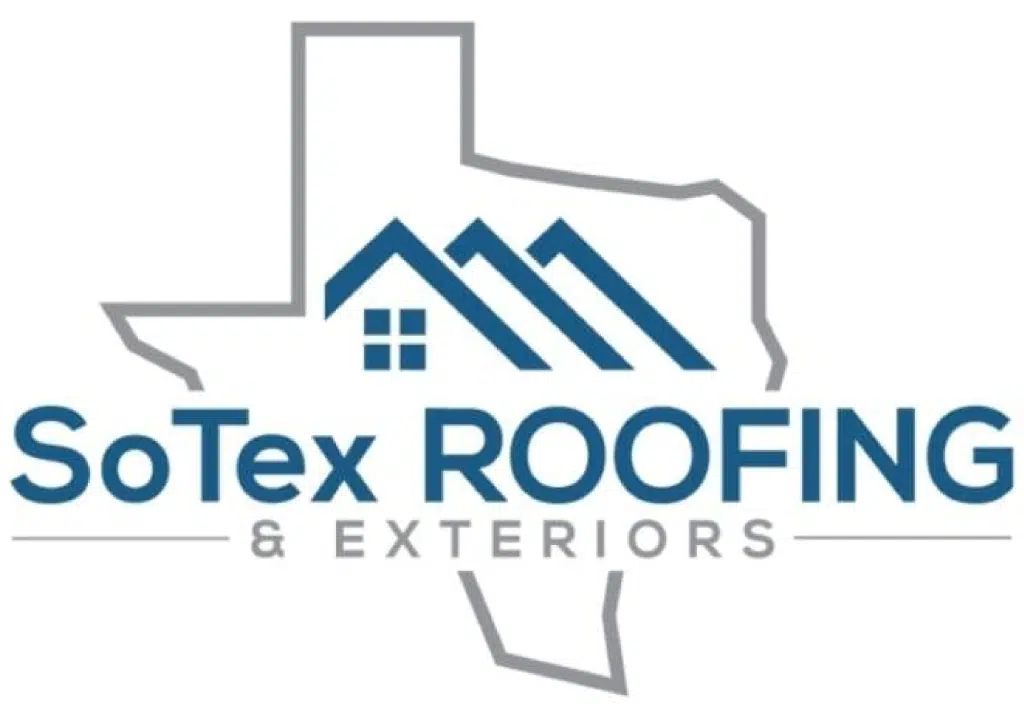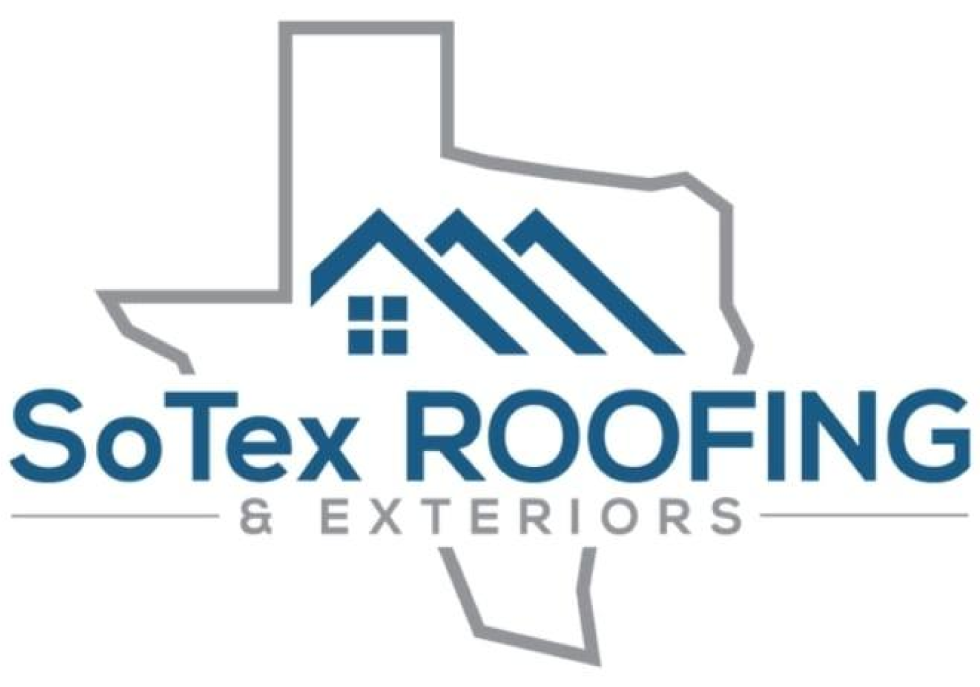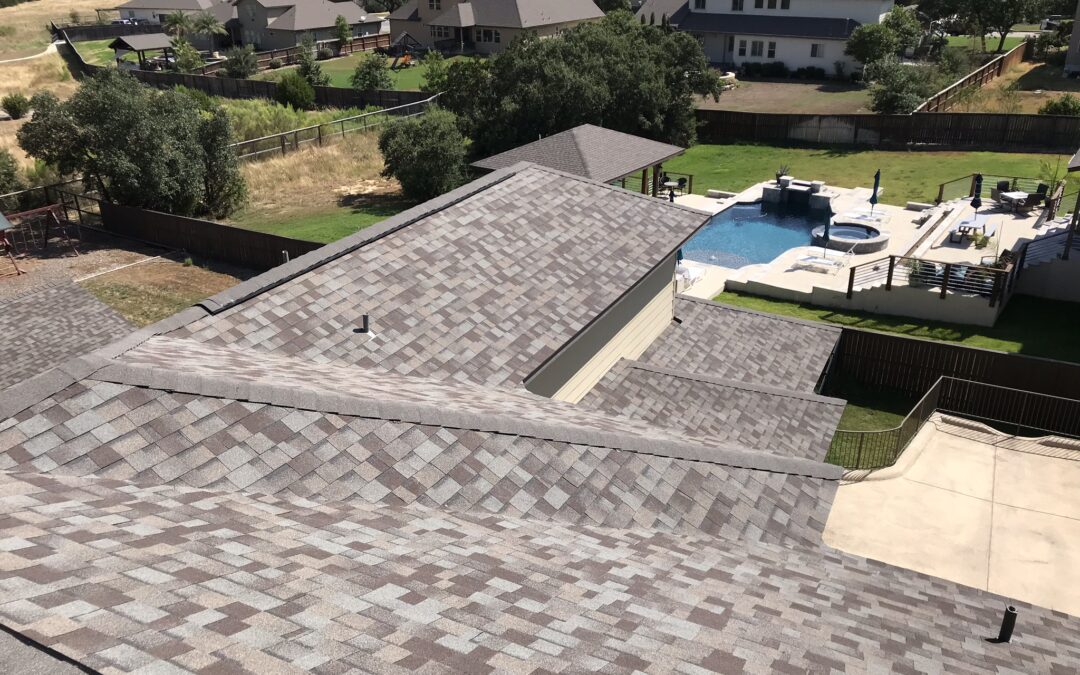Introduction
Your home’s roof is its first line of defense against the elements, but it’s often the most overlooked component until significant problems arise. Identifying roof damage early can save homeowners thousands in repairs and prevent interior damage to your home. At SoTex Roofing and Exteriors, we’ve helped countless San Antonio homeowners identify and address roof damage before small issues become major headaches. This comprehensive guide will help you recognize the warning signs of roof damage so you can take action promptly.
Understanding Common Causes of Roof Damage
South Texas weather presents unique challenges for roofing materials. From scorching summer heat to occasional severe storms, your roof endures constant stress. Weather-related roof damage is common in San Antonio, with high winds, hail, and intense UV radiation being primary culprits. Additionally, normal aging, poor installation, inadequate maintenance, and falling debris can all contribute to roof damage over time. Understanding these factors helps homeowners recognize when their roof might be compromised.
Exterior Signs of Roof Damage
Missing or Damaged Shingles
One of the most visible indicators of roof damage is missing, cracked, or curling shingles. After storms, examine your roof from ground level using binoculars to spot areas where shingles may have blown off or become damaged. Shingles that appear discolored or have lost their granules are also showing signs of roof damage and decreased effectiveness. These damaged areas create entry points for water, accelerating deterioration.
Sagging Roof Deck
A roof that appears wavy or sagging indicates serious structural roof damage. This often results from long-term water exposure that has weakened the supporting structures. A sagging roof requires immediate professional attention as it could signal potential collapse if left unaddressed. At SoTex Roofing and Exteriors, we recommend scheduling an inspection immediately if you notice any dipping or uneven areas on your roofline.
Damaged Flashing
Flashing—the metal pieces installed around chimneys, vents, and roof intersections—prevents water infiltration at vulnerable junctions. Warped, rusted, or missing flashing is a clear sign of potential roof damage. These compromised areas often lead to leaks during rainfall, causing interior water damage that may not be immediately visible but can cause extensive problems over time.
Gutter Issues
Your gutters provide valuable clues about roof condition. Excessive granules from asphalt shingles collecting in gutters indicate shingle deterioration. Clogged or damaged gutters can also contribute to roof damage by preventing proper drainage and causing water to back up under shingles. Regular gutter cleaning and inspection should be part of your roof maintenance routine to prevent this type of damage.
Interior Signs of Roof Damage
Water Stains and Leaks
Perhaps the most obvious internal indicator of roof damage is water stains on ceilings or walls. These discolorations typically appear as yellowish or brownish spots that grow larger during rainfall. Even minor stains warrant investigation, as they indicate water has already penetrated your roofing system. Remember that visible leaks represent the end stage of roof damage—water may have been infiltrating for some time before becoming apparent.
Attic Inspection
Your attic provides crucial insights into your roof’s condition. During daylight hours, enter your attic and look for light penetrating through the roof boards—this indicates holes or gaps. Also check for wet insulation, moisture on rafters, or mold growth, all of which suggest ongoing roof damage. Proper attic ventilation is essential for roof longevity, so note any musty odors that might indicate ventilation problems.
Increased Energy Bills
An unexpected rise in energy costs might be connected to roof damage. When roofing systems are compromised, they lose their insulating properties, making your HVAC system work harder. If you’ve noticed climbing utility bills without changes in usage patterns, consider having your roof inspected for damage that might be affecting your home’s energy efficiency.
Seasonal Roof Inspection Guidelines
After Severe Weather
Following any significant storm, conduct a visual inspection of your roof from ground level to identify obvious roof damage. Look for missing shingles, debris accumulation, or damaged gutters. San Antonio’s occasional hailstorms can cause significant roof damage that isn’t always immediately visible, so consider professional assessment after severe weather even if you don’t spot obvious problems.
Spring and Fall Maintenance
Establish a routine of semi-annual roof inspections, ideally in spring and fall. These regular checks help identify roof damage before the intense summer heat or winter rainfall can exacerbate problems. During these inspections, clear debris, examine flashing and shingles, and ensure gutters are functioning properly. Preventative maintenance significantly extends roof lifespan and prevents costly repairs.
When to Call Professional Roofing Experts
While homeowner vigilance is valuable for early detection of roof damage, some situations require professional expertise. Contact roofing professionals like SoTex Roofing and Exteriors if you notice multiple missing shingles, widespread granule loss, interior leaks, or structural concerns. Additionally, if your roof is approaching the end of its expected lifespan (typically 20-30 years for asphalt shingles), schedule a comprehensive inspection to assess its condition.
Professional roofers have the training and equipment to safely access and thoroughly evaluate all aspects of your roofing system. They can identify subtle signs of roof damage that homeowners might miss and provide documentation needed for insurance claims if applicable.
Conclusion
Recognizing the signs of roof damage early is essential for protecting your home and avoiding costly repairs. By understanding what to look for both inside and outside your home, you can address minor issues before they escalate into major problems. At SoTex Roofing and Exteriors, we’re committed to helping San Antonio homeowners maintain safe, durable roofs through education, quality inspections, and expert repairs when needed.
Remember that roof damage often progresses quietly until it becomes severe enough to cause obvious problems. Implementing regular inspections and addressing concerns promptly will help ensure your home remains protected from the elements for years to come. If you’re uncertain about the condition of your roof or have spotted potential signs of damage, don’t hesitate to contact our experienced team for a professional assessment.




Recent Comments